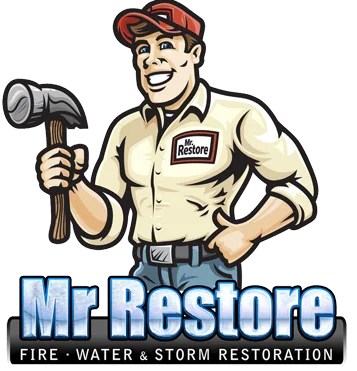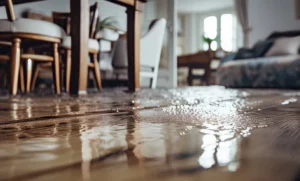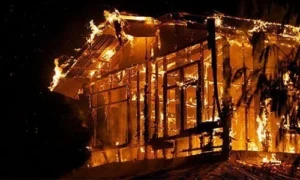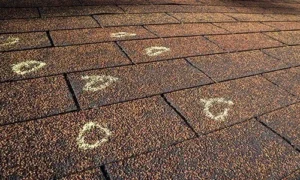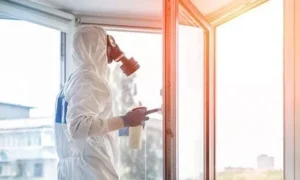If you have a fireplace at home, it is likely that you are preparing to use now that cooler weather is upon us. Lighting up the fireplace is an enjoyable way to stay warm and cozy. Whether you use your fireplace as a decorative element or for heating purposes, it is important to practice safety tips when using them.
Although beautiful, fireplaces are dangerous, causing many home fires per year. According to the NFPA, over 30% of home-heating fires are caused by fireplaces. Knowing how to properly use and care for your fireplace will ensure that you will avoid costly damages through dangerous housefires. There are a few things you can do to ensure you enjoy the beauty and warmth of your fireplace without potentially risking a house fire.
How do Chimney Fires Ignite?
If you have a fireplace, you also have a chimney. Many people don’t know this, but fireplace house fires usually occur because of poor chimney maintenance. Not properly caring for your chimney causes structural problems that lead to very high temperatures and dangerous conditions. Hot embers and sparks from the fireplace can escape the chimney or fireplace and cause materials to ignite.
For example, if the embers escape the chimney outside of the home, they can cause leaves, dirt, or branches to catch fire. If blankets, stockings, carpet, or clothing are near the fireplace, sparks or embers can cause these times to combust inside the home.
Creosote is another culprit of chimney house fires. Creosote is a black, smelly substance that is formed from consistent use of the fireplace. It usually builds into layers around the chimney and needs to be cleaned regularly. If not cleaned, creosote will become combustible and lead to a quick-igniting fire. Mr. Restore recommends hiring a professional to clean your chimney every year before use.
Tips and Procedures to Prevent Chimney Fires
Taking care of your chimney is the best way to prevent fireplace housefires. There are also things you can do to ensure you are getting the most out of your fireplace while staying safe:
Only Use Dry Wood
Wet, unseasoned wood burns slowly and creates more smoke, which also increases the amount of creosote produced. Dry, seasoned wood is much safer to use.
Only Burn Wood in the Fireplace
It is critical that you do not burn any liquids or products in your fireplace. Paper, garbage, or any other materials can float into the air and catch creosote in the chimney on fire. Do not use any liquid accelerants in the fireplace because the fire can easily and quickly get out of hand.
Always Use a Chimney Liner and Chimney Cap
Chimney liners help protect your chimney from excess heating, as well as help provide better airflow. Because a chimney liner allows better airflow, it prevents creosote from easily building up and helps keep it clean. A chimney cap keeps flammable materials, such as leaves and animals, out of your chimney. Both a chimney cap and liner are essential for preventing home fires.
Sometimes even the most prepared homes and fireplaces suffer from catastrophic fires. If you find yourself dealing with damage after a house fire, immediately contact Mr Restore. Our experienced and trained technicians will walk you through the entire restoration process, from helping you with the claims process to restoring and renovating your home.
